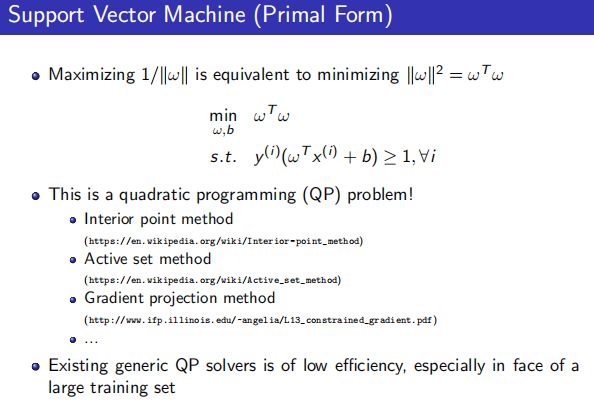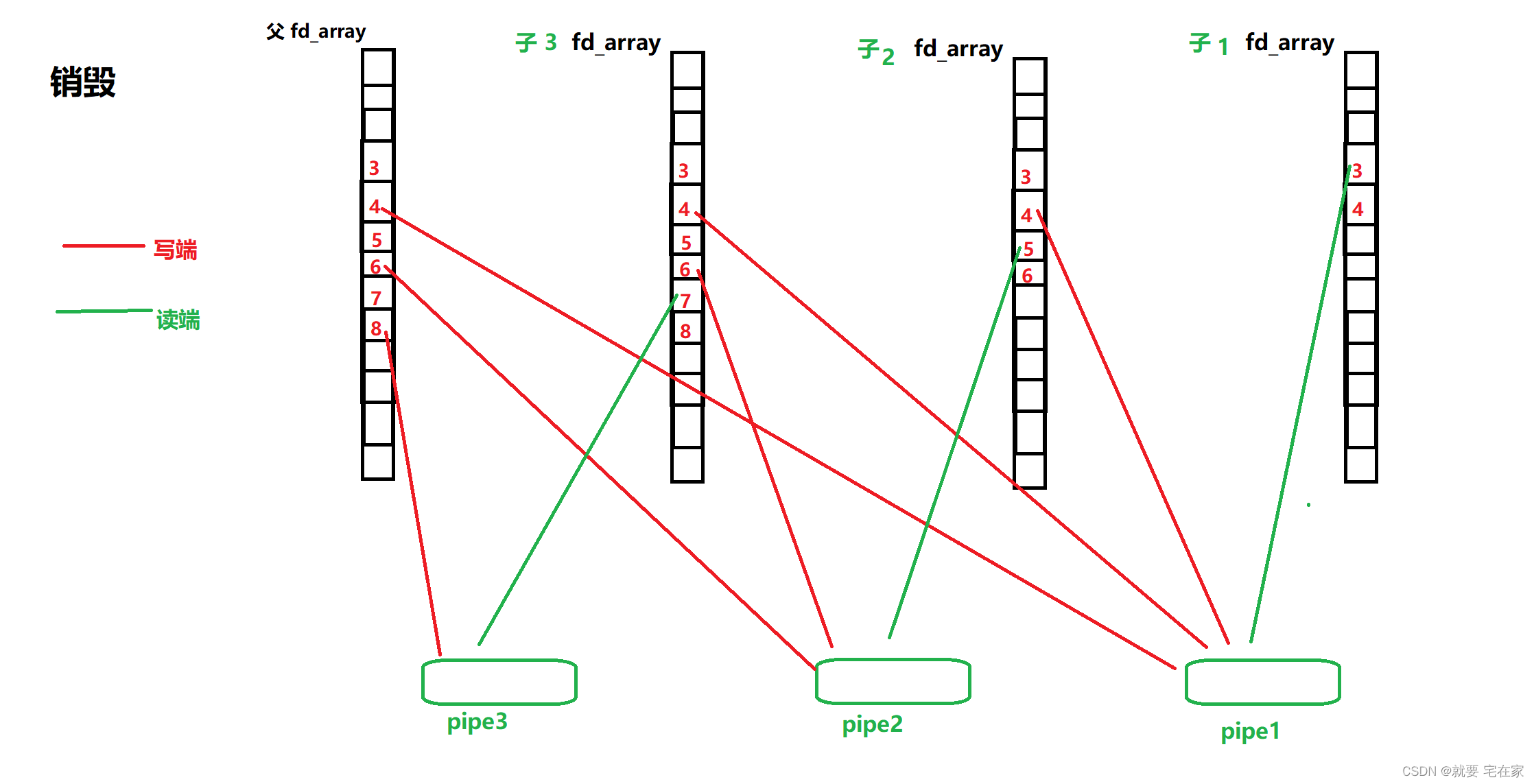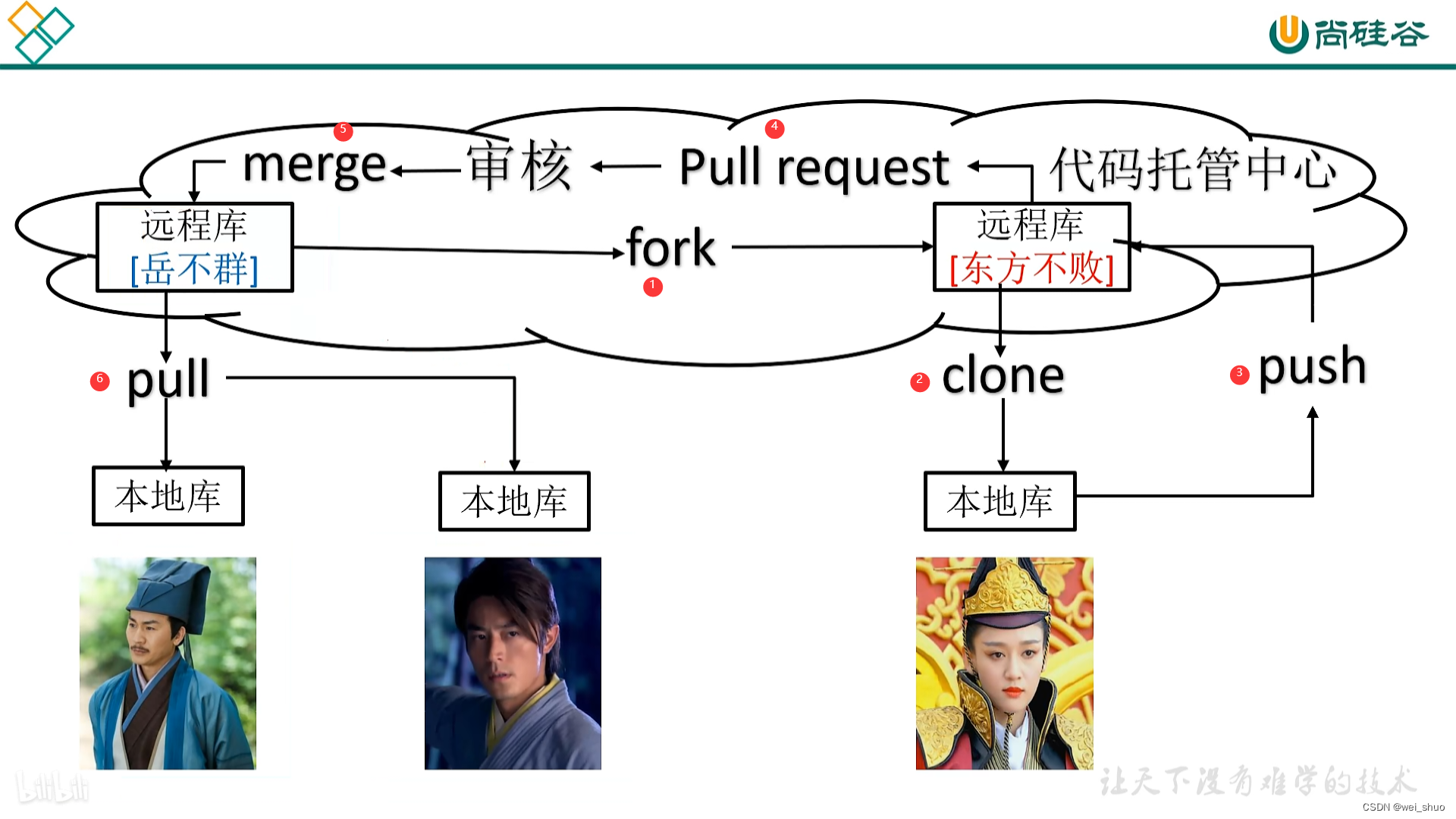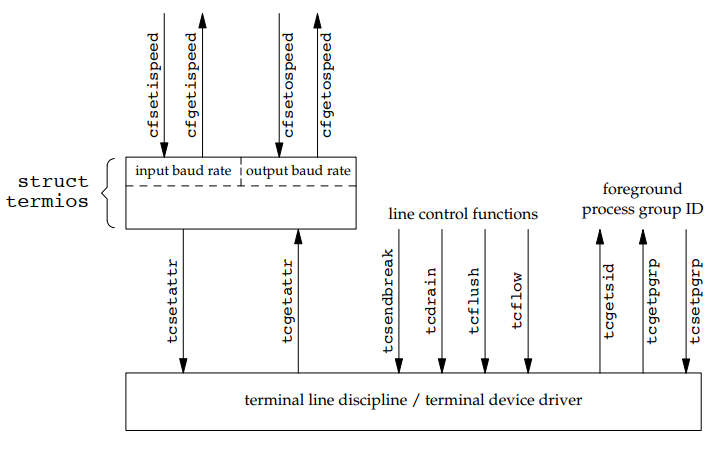基础知识
列表常用操作
list(iterable)可以将任何一个可迭代对象转换成列表
>>> from collections.abc import Iterable
>>> isinstance("ABC", Iterable)
True
>>> list("ABC")
['A', 'B', 'C']
>>> chars = list("ABC")
>>> del chars[1:]
>>> chars
['A']
遍历时换取下标
>>> for i, c in enumerate(chars, start=2):
... print(i, c)
...
2 A
3 B
4 C
列表推导式
>>> nums = [1, 2, 3, 4]
>>> [n * 10 for n in nums if n % 2 == 0]
[20, 40]
不要写太复杂的列表推导式(不易读)
不要把推导式当作代码量更少的循环
[process(task) for task in tasks]
推导式的核心在于可以返回值,上面这种更应该直接循环
理解列表的可变性
mutable:list, dict, set
immutable: int, float, str, bytes, tuple
python 在进行函数调用传参时,传递的是“变量所指对象的引用”(pass-by-object-reference)。
常用元组操作
>>> a = 1, 2, 3
>>> a
(1, 2, 3)
>>> type(a)
<class 'tuple'>
逗号才是解释器判定元组的依据
函数返回多个结果,就是返回元组
没有元组推导式
>>> nums = (1, 2, 3, 4, 5, 6)
>>> results = (n * 10 for n in nums if n % 2 == 0)
>>> results
<generator object <genexpr> at 0x000001D7ADE90E40>
>>> tuple(results) # generator对象仍是可迭代类型
(20, 40, 60)
存放结构化数据
和列表不同,在一个元组里出现类型不同的值是常见的事情
>>> user_info = ("Tom", 24, True)
具名元组 namedtuple
user_info[1] 虽然能取到24, 但是不知道这个数字时年龄还是其他的意思
>>> from collections import namedtuple
>>> UserInfo = namedtuple('UserInfo', 'name, age, vip')
>>> user1 = UserInfo('Alice', 21, True)
>>> user1[1]
21
>>> user1.age
21
或者使用typing.NamedTyple + 类型注解
>>> from typing import NamedTuple
>>> class UserInfo(NamedTuple):
... name:str
... age:int
... vip:bool
...
>>> user2 = UserInfo('Bob', 12, False)
>>> user2.age
12
字典常用操作
遍历字典
>>> movies = {'name': 'Burning', 'year': 2018}
>>> for key in movies:
... print(key, movies[key])
...
name Burning
year 2018
>>> for key, value in movies.items():
... print(key, value)
...
name Burning
year 2018
访问不存在的字典键
>>> movies["rating"]
Traceback (most recent call last):File "<stdin>", line 1, in <module>
KeyError: 'rating'
# 1
>>> if 'rating' in movies:
... rating = movies['rating']
... else:
... rating = 0
...
>>> rating
0
# 2
>>> try:
... rating = movies['rating']
... except KeyError:
... rating = 0
...
>>> rating
0
# 3
>>> movies.get('rating', 0)
0
使用setdefault取值并修改
>>> try:
... movies['rating'] += 1
... except KeyError:
... movies['rating'] = 0
...
>>> movies
{'name': 'Burning', 'year': 2018, 'rating': 0}
or
>>> movies = {'name': 'Burning', 'year': 2018}
>>> movies.setdefault('rating', 0) # rating不存在,则设为0
0
>>> movies
{'name': 'Burning', 'year': 2018, 'rating': 0}
>>> movies.setdefault('rating', 1) # rating存在,则返回其值
0
使用pop方法删除不存在的键
可以使用del d[key] 删除字典某个键,如果要删除的键不存在,则KeyError
or
d.pop(key, None) 若key存在,返回key对应的value; 反之返回None
当然,pop的主要用途是取出键对应的值
字典推导式
>>> d1 = {'foo': 3, 'bar': 4}
>>> {key: value * 10 for key, value in d1.items() if key == 'foo'}
{'foo': 30}
字典的有序性和无序性
python3.7(3.6)后字典有序
from collections import OrderdDict
相比自带的字典有序,OrderDict有以下特点:
- 名字就体现其有序性
- 比较时键的顺序有影响(普通字典比较时忽略顺序)
- 有
.move_to_end()等普通字典没有的方法
集合常用操作
无序可变
不可变集合 frozenset
.add() 添加新成员
>>> f_set = frozenset(['foo', 'bar'])
>>> f_set
frozenset({'bar', 'foo'})
>>> f_set.add('apple')
Traceback (most recent call last):File "<stdin>", line 1, in <module>
AttributeError: 'frozenset' object has no attribute 'add'
集合运算
交集 &
并集 |
差集 - (前一个集合有,后一个集合没有的东西)
还有 symmetric_difference, issubset等
集合只可以存放可哈希对象
>>> invalid_set = {'foo', [1, 2, 3]}
Traceback (most recent call last):File "<stdin>", line 1, in <module>
TypeError: unhashable type: 'list'
可哈希性
不可变的内置类型,如str, int, tuple, frozenset等,都是可哈希的
可变的内置类型,如dict, list等,都是不可哈希的
对于不可变容器类型,如tuple, forzenset等,仅当其所有成员都不可变时,它是可哈希的
用户定义的类型默认都是可哈希的
深拷贝和浅拷贝
>>> nums = [1, 2, 3, 4]
>>> nums_copy = nums # 只是改变指向,没有任何拷贝操作
>>> nums[2] = 30
>>> nums, nums_copy
([1, 2, 30, 4], [1, 2, 30, 4])
深浅拷贝区别:浅拷贝无法解决嵌套对象被修改的问题!
浅拷贝
1 copy.copy()
>>> import copy
>>> nums = [1, 2, 3, 4]
>>> nums_copy = copy.copy(nums)
>>> nums[2] = 30
>>> nums, nums_copy
([1, 2, 30, 4], [1, 2, 3, 4])
2 推导式
>>> d = {'foo': 1}
>>> d2 = {key: value for key, value in d.items()}
>>> d['foo'] = 2
>>> d, d2
({'foo': 2}, {'foo': 1})
3 各容器类型的内置函数
>>> d = {'foo': 1}
>>> d2 = dict(d.items())
>>> d, d2
({'foo': 1}, {'foo': 1})>>> nums = [1, 2, 3, 4]
>>> nums_copy = list(nums)
>>> nums, nums_copy
([1, 2, 3, 4], [1, 2, 3, 4])
4 全切片
>>> nums = [1, 2, 3, 4]
>>> nums_copy = nums[:]
>>> nums, nums_copy
([1, 2, 3, 4], [1, 2, 3, 4])
5 某些类型自提供浅拷贝
>>> nums = [1, 2, 3, 4]
>>> nums_copy = nums.copy()
>>> nums, nums_copy
([1, 2, 3, 4], [1, 2, 3, 4])>>> d = {'foo': 1}
>>> d2 = d.copy()
>>> d, d2
({'foo': 1}, {'foo': 1})
深拷贝
>>> items = [1, ['foo', 'bar'], 2, 3]
>>> items_copy = copy.copy(items)
>>> items[0] = 100
>>> items[1].append('xxx')
>>> items, items_copy
([100, ['foo', 'bar', 'xxx'], 2, 3], [1, ['foo', 'bar', 'xxx'], 2, 3])
>>> id(items[1]), id(items_copy[1])
(2025849749952, 2025849749952)
可以看到,浅拷贝后item[1]和item_copy[1]对应的仍是同一个对象
items_copy = copy.deepcopy(items)




![[go学习笔记.第十八章.数据结构] 1.基本介绍,稀疏数组,队列(数组实现),链表](https://img-blog.csdnimg.cn/d7aea688b36e4a96b8e309eccec89c71.png)
